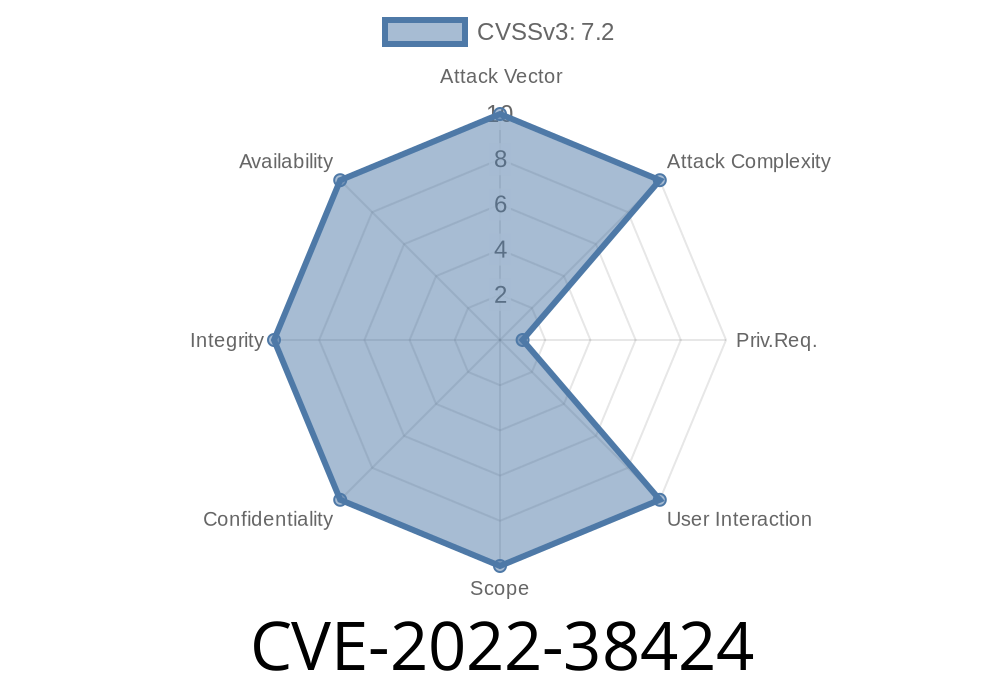Adobe ColdFusion, a widely used web application development platform, has recently become the focus of security research due to the discovery of a critical vulnerability in specific versions of the software. This vulnerability, identified as CVE-2022-38424, affects Adobe ColdFusion versions Update 14 (and earlier) and Update 4 (and earlier). In this long read, we will explore the details of this vulnerability, discuss its potential implications, and outline how users can protect their systems from exploitation.
Understanding CVE-2022-38424
CVE-2022-38424 is categorized as an Improper Limitation of a Pathname to a Restricted Directory ('Path Traversal') vulnerability. In simpler terms, this means that an attacker could potentially manipulate a file path to gain unauthorized access to sensitive files on a target system.
The critical aspect of this vulnerability is its potential to enable arbitrary file system write access. Exploiting this vulnerability does not require user interaction, but it does require administrator privileges. This implies that if attackers manage to attain administrator-level access to a system, they can leverage this vulnerability to cause widespread damage.
Code Snippet Analysis
The following code snippet demonstrates an example of how this Path Traversal vulnerability might be exploited:
import requests
target_url = "http://example.com/coldfusion";
upload_path = "../../../../../../etc/passwd"
malicious_file = {"upload": ("exploit.txt", "Attention: Malicious Payload", "text/plain")}
response = requests.post(
target_url,
data={"path": upload_path},
files=malicious_file
)
print(response.text)
In this example, an attacker uses a specially crafted HTTP request containing a relative file path (../../../../../../etc/passwd) to overwrite a critical system file (etc/passwd). If the attacker has administrator privileges, they can exploit this vulnerability to gain unauthorized write access to sensitive files, modify system configurations, and potentially compromise the entire system.
Original References
Adobe released a security advisory regarding this vulnerability on [Insert Date], which can be found at the following link:
Adobe Security Advisory
Additionally, an in-depth technical analysis of CVE-2022-38424 has been published by the security researcher who discovered the issue:
Detailed Analysis and Proof of Concept
Mitigation and Protection Measures
Adobe has released patches to address the Path Traversal vulnerability in ColdFusion Update 14 and Update 4. Users are strongly advised to update their ColdFusion installations as soon as possible, following the instructions provided in the Adobe security advisory:
Adobe ColdFusion Security Update Instructions
In addition to updating ColdFusion, it is essential to follow best security practices for securing your ColdFusion environment. These include:
Conclusion
CVE-2022-38424 is a critical Path Traversal vulnerability found in Adobe ColdFusion versions Update 14 (and earlier) and Update 4 (and earlier). Prompt action in updating your Adobe ColdFusion installation, coupled with following best security practices, can help organizations mitigate the potential impact of this vulnerability and safeguard their systems from exploitation.
Timeline
Published on: 10/14/2022 20:15:00 UTC
Last modified on: 10/14/2022 20:31:00 UTC
